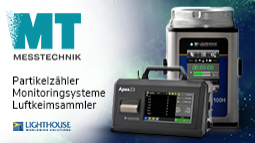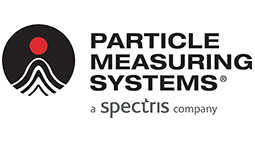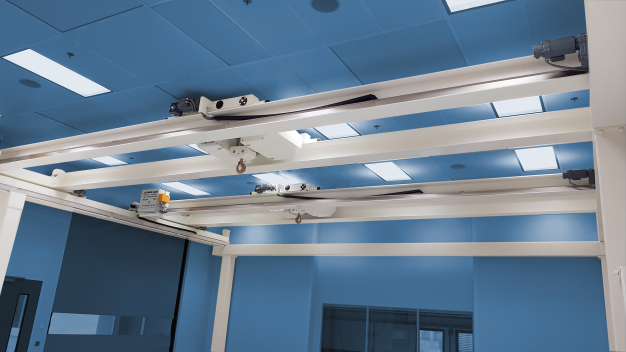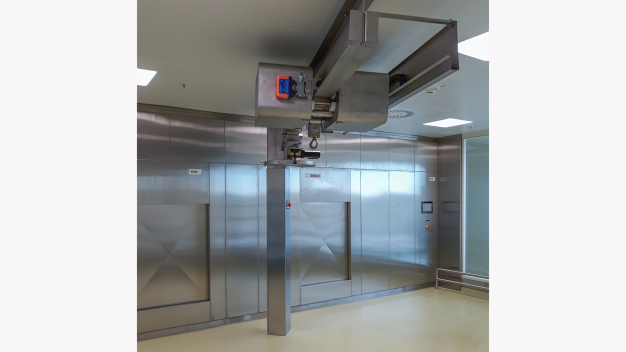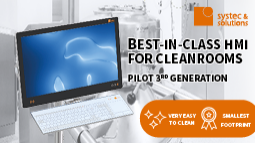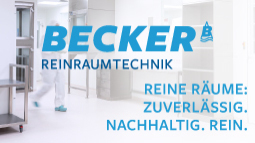- Lifting- and Handlingtechnology
The importance of electronic sway control in modern crane technology
The challenge of using cranes in cleanrooms is becoming increasingly important, as it can affect not only individual production sections, but the entire production process. In modern crane technology, electronic sway control plays a decisive role in increasing efficiency and safety when moving loads.
What does the use of electronic sway control mean when travelling with a crane?
Electronic sway control is an advanced technology that prevents vibrations from occurring during crane travel and prevents the crane operator from having to carry out corresponding equalising movements - neither during acceleration nor braking. This almost completely prevents the load from swaying and the crane hits the desired target coordinates with pinpoint accuracy.
It is particularly important to emphasise that this works regardless of the speed and hook position of the load. Without sway control, the precise positioning of the object takes a lot of time, requires calm and skill and makes everyday work considerably more difficult. With sway control, work is far more precise and faster.
What is the difference between a crane with and without swing control and what advantages does swing control offer?
The integration of sway control increases both safety and productivity, especially in conjunction with semi- or full automation. In terms of design, systems equipped with sway control can be designed more simply, as there is no need for locking devices for potentially swinging loads. In addition, sway control is independent of the lifting height, whereas locking devices are often dependent on the load being moved close under the trolley. This also eliminates the need for unnecessary lifts to reach these positions. Especially in times of a shortage of skilled labour, cranes with sway control are an effective solution to avoid productivity losses.
In many applications, it is crucial to ensure that a load can be stopped without swinging and with pinpoint accuracy and that the desired target point is not exceeded in order to prevent damage to the valuable load or the target object. Without sway control, this precision cannot be guaranteed, which also increases the risk of accidents for personnel.
Another advantage of sway control is the avoidance of increased abrasion, which is unavoidable whenever the crane accelerates and brakes. The resulting reduction in particle discharge is essential in cleanroom environments.
How complex is a retrofit?
The implementation of oscillation damping only requires a special inverter for the traversing axes, absolute encoders (position measuring system) for the traversing axes and the lifting axis, as well as a programmable logic controller (PLC) to control the system. It is not necessary to convert the motors.
How long does a conversion take and what requirements must a crane fulfil?
The conversion of a pilot crane at Altmann took around three days. However, this time should be seen as a rough guide, as the actual duration depends on various factors. In principle, any crane can be converted, regardless of the manufacturer. All that is required is a certain amount of space for an add-on control cabinet and the sensors.
As a manufacturer of crane systems, we attach great importance to flexibility and are always happy to provide you with our expertise to advise you comprehensively on your planned conversions or new plans.
![]()
ALTMANN GmbH
Oberdieberg 23-25
83544 Albaching
Germany
Phone: +49 8076 88790
email: info@altmann-foerdertechnik.de
Internet: http://www.altmann-foerdertechnik.de

